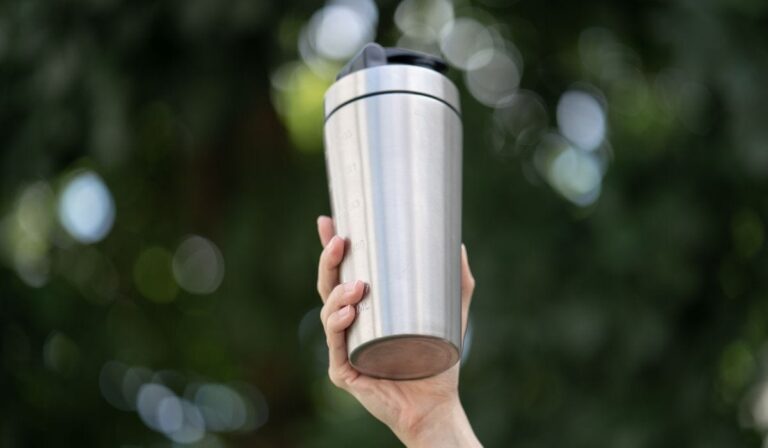
There be seemingly two forms of psychology applied to the inside design of shops, one is intentional, one other is accidental. The shop owner may wish to dress and light their shop to attract their target clientele. This may function as young and fashion-conscious, country folk, or senior citizens. But by targeting the clients this way, they are also deterring or repelling the alternative end of the shopping demographic. This can, obviously, be their decision. They expect their business and profit to be gained solely from the clients they plan to attract, effectively foregoing any potential business from the shoppers that sit outside of their business spectrum. No shopkeeper will physically turn clients away at the doorway, but the direction they design the inside of these premises, they might as well. If you are looking for additional details on clothes rail rack, browse the above website.
The majority of us start our shopping knowing the shops we like and those we don’t and will avoid them of. How much of this decision is pre-made for them because we are element of some subliminal filtering system. As an older shopper, you can find certain shops that you see areas, where one can feel intimidated by the impression that you’re too old to be here. The dull lighting and heavy music is obviously a good deterrent. One may be forgiven for thinking that we reside in some sort of like that depicted in the film where all citizens over a specific age are disposed of. A typical example of this might be described as a high street chain that sells young fashion. it always has an interior that is usually dark, with spotlights pointing out key displays and garish color schemes that match the colors of the stock all followed closely by the latest garage or hip-hop beat playing loudly through the store.
What is the impact on the image if a senior citizen were to walk in! But, supposing that senior citizens are young-minded and want to get advice from the store and buy their young niece, nephew or grandchild something up to date and now, rather than the old knitted sweaters that individuals were always given as kids. With a shop effectively filtering out certain parts of the public, are they affecting their business future? Using the example above, the amount of young people in several countries is, in line with the media, on the decline and the variety of seniors set to improve on the coming years. Sooner or later, the young fashion store will need to change tack and broaden its selection of stock to begin attracting a wider demographic through its doors. As these young fashion shoppers grow older, will they move from their shop, and move ahead to other, more traditional stores, or will they stick with’their brand’and expect the shop to create in older style ranges.



